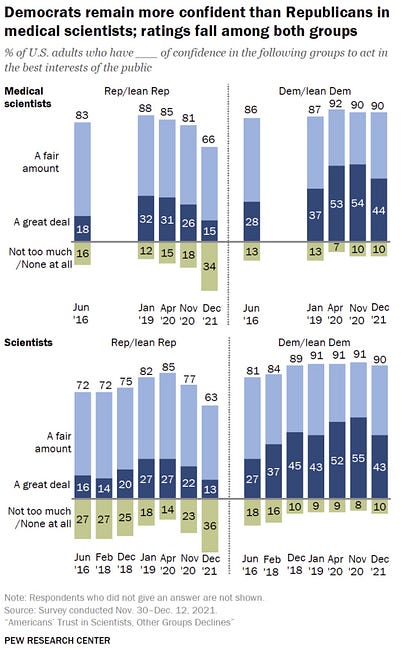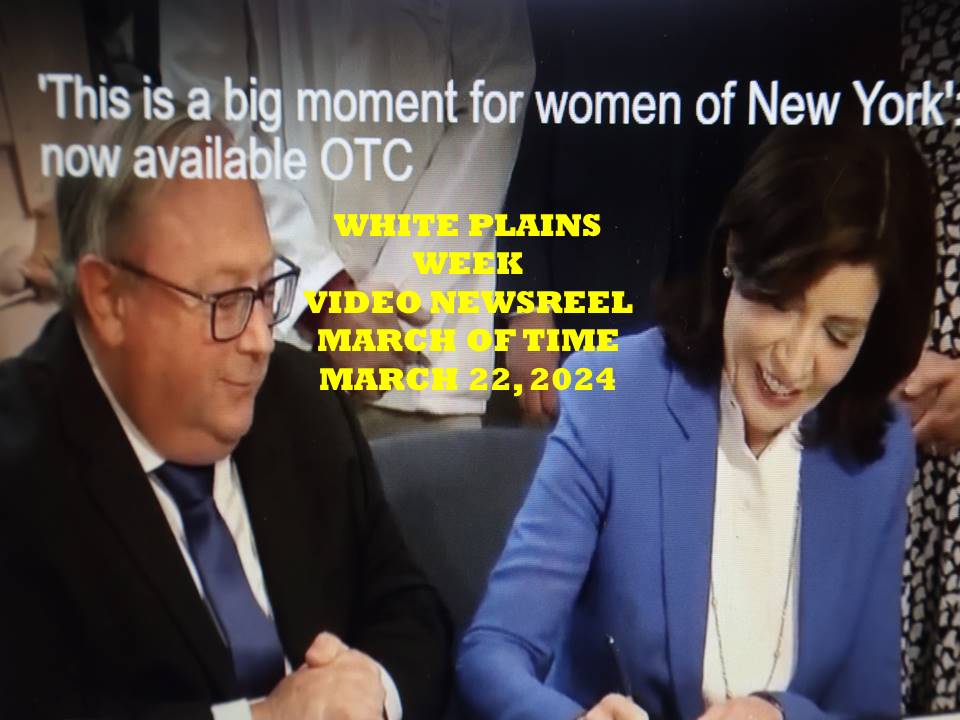Hits: 137

Si quiere leer la versión en español, pulse aquí.
Trust in public health is eroding, and the implications are far reaching. We, as a field, have to fix this.
Over the weekend
Any forward-facing scientist can tell you that receiving dangerous messages has been a common occurrence throughout the pandemic. But the hate, resentment, frustration, and anger was crystallized in one instance over the weekend: Elon Musk—the world’s richest man and new owner of Twitter—wrote the post below.
My pronouns are Prosecute/Fauci10:58 AM ∙ Dec 11, 20221,176,815Likes177,693Retweets
Five words, that were wrong on so many levels, garnered more than 1.17 million “likes,” 177,000 retweets, and international attention in mass media. Anyone who dared to disagree received a wave of truly grotesque comments. Even Musk noticed as he followed up on his original tweet with: “Truth resonates…”
Of course, the viral reaction is due to many things: social media algorithms, a polarized country, politics, misinformation, disinformation, opinions about Twitter, opinions about Elon. I also think Musk is trying to deflect negative attention from himself.
It’s also a reflection of humans’ difficulty coping with randomness—people need someone to blame for the pandemic, the fear they experienced, the people they lost, or the jobs and livelihoods that were changed. The viral reaction was also an indication that people finally felt heard.
But all of the above also overlap with public health. And, their accumulation has been funneled into one sentiment towards our field: distrust.
Change in trust
Every year, the Pew Research Center conducts a survey with Americans on public confidence in certain groups. Overall, trust in scientists has decreased throughout the pandemic, but ever so slightly. Interestingly it remained higher than public confidence in business officials, the military, public school principals, religious leaders, police officers, and elected officials.
If we compare the responses based on political affiliation, though, the story becomes jarring: confidence in scientists among Republicans dropped significantly. In fact, 1 in 3 Republicans have no confidence at all.

Furthermore, declines in trust in science were most pronounced among White adults. Americans with higher levels of education expressed more positive views of scientists than those with lower levels of education.
This is a huge problem, as trust equals lives
An Oxford report continually assesses country-level factors that most strongly predict COVID-19 deaths. The answer?
Not pandemic preparedness. Not government. It was interpersonal trust—a measure of how much people think they can trust another citizen who they don’t already know. In other words, public health worked better in high-trust countries.

We cannot have one group trust public health and another not.
This is not how viruses work.
Infectious diseases violate the assumption of independence—what one person does directly impacts the person next to them.
This is unlike cancer or diabetes, for example. Everyone has to be against a virus, or the virus thrives.
Perhaps most concerning is that this isn’t going to be our last pandemic. Since the 1918 flu, we’ve seen diseases emerge faster and faster. Public health also touches on our daily lives beyond infectious diseases: what we eat, social problems, gun violence, and all other acute and chronic medical problems. We need the trust of the community to move the needle for any of these.
What to do?
As the field of public health copes, self-reflects, and digests the past three years and weighs how to build for a better future, we have to make it our goal, our opportunity, to improve trust.
As one scientist said, “You earn public confidence in small drops and you [lose] it in buckets.”
Bottom-up engagement is absolutely necessary. We need to enter conversations with humility.
A conversation about false dichotomies (lock down vs. throwing caution to the wind) is necessary.
A conversation about disease vs. the needs of a community is necessary.
An honest conversation on what we (CDC, state epi, local epi, leaders, communicators) got wrong, got right, and why.
What does this look like? I have a few ideas:
- Listening sessions. Not hearing and not telling, but listening to people and trusted messengers who are not in “our world.” Bringing them into the solution. It will be painful. It will be time consuming. But it has to be done.
- A COVID-19 commission that is congressionally mandated, like the 9/11 commission. There is text in the PREVENT Act, but it’s not clear if PREVENT will pass.
- Preparation for the future. Putting communication at the center of pandemic preparedness. This is still not being done. Building capacity for effective scientific communication needs to be a core of our national strategy. As I’ve written before, a lot needs to be done in this area.
I’m sure there are more and even better ways. And I would love to hear your thoughts in the comments. But the fact of the matter is there is no one solution.
And this is going to take a whole lot of time.
Bottom line
We need to understand why five words in a Tweet carry so much weight in public health and threaten our entire profession. Will trust in science survive the pandemic?
Maybe. It depends on what we, as a field, do next.
If we don’t win hearts and minds, we won’t win against this virus or the next. Trust is key in public health.
Our scientific work depends on it. Our health depends on it. Our lives depend on it. Now everyone needs to act like it.
That includes, you, Mr. Musk.
(Editor’s Note: Locally, on Sunday December 11 in Westchester County, 299 persons tested positive to start the week of covid surveillance. Rockland County had 72 new cases. Orange County, 56, Dutchess, 42 and Putnam County 37, Ulster, 17. The Mid-Hudson Region saw 540 person test positive for covid of 9,863 Lab-verified tests an infection rate of 5%. Nassau County and Suffolk County reported 1,158. Of 19,797 tested in those 9 counties (Mid-Hudson and Nassau and Suffolk) there were 1,678 positives in one day an infection rate of 8% . New York City reported 2,376 new cases. )
